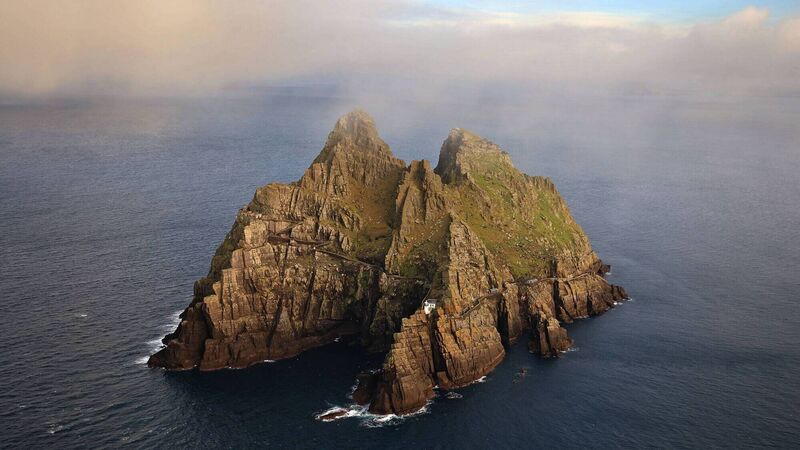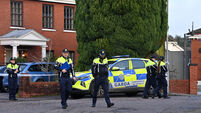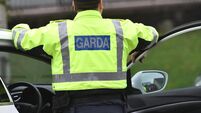Skellig Michael 'hazardous and unsafe for visitors' after serious rockfall near guide huts

One of Ireland’s best-known tourist attractions was hit by a serious rockfall, which fed into a decision not to reopen to visitors this year.
The Office of Public Works (OPW) had decided in May that Skellig Michael – which played a starring role in the latest trilogy – would be closed to tourism this summer.
An internal review of that decision also reported a significant rockfall at the site, which had made the island “hazardous and unsafe for visitors”.
That gave added weight to a risk analysis recommending continued closure of the popular tourist attraction, with “multiple concerns” raised about Covid-19 risk from boat trips to the island.
A copy of the latest report, released under a Freedom of Information request, explained that there had been a rockfall in late July near the guide’s accommodation huts on the island.
The report said it was fortunate that no OPW staff had been on the island at the time as they had been unable to cross due to bad weather.
It said: “Urgent arrangements are being made to sweep the upper slopes in the area for further unstable material.
“In the immediate term, the advice of our structural engineer is that the site must be considered hazardous and unsafe for visitors.”
They said this latest rockfall needed to be factored into recommendations about whether the island could be reopened to visitors or not.
The OPW had been reopening other heritage sites as Covid-19 restrictions lifted and committed to have another look at Skellig Michael.
However, the report found there was simply no way to offer visits safely, especially because the incidence of seasickness was so high.
The report said: “There is rarely a trip when at least one of the passengers does not fall ill, sometimes violently so.”
They said guides frequently have to “minister” to sick people on arrival at the island.
A detailed safety analysis said it would not be possible to distinguish those who were seasick and “those who might be experiencing Covid-19 symptoms”.
The OPW said boats travelling usually had twelve passengers and two crew but that this would have to be cut to three or four to comply with Covid-19 restrictions.
It said, when combined with highly variable sea and water conditions, the journey presented “multiple opportunities for people to clutch onto each other, hold rails and other handholds”.
They said on rainy days, the boats generally carry shared wet-weather gear which was an “obvious potential source of cross-contamination”.
According to the records, boatmen offering the trip had put forward a lengthy protocol including pre-vetting of passengers for symptoms, a requirement for passengers to use face coverings, and a long list of other measures.
The OPW felt, however, that issues surrounding spacing on boats, the reduction of capacity, the need for extensive cleaning and sanitisation, and social distancing on the island were difficult to solve.
The Office of Public Works today confirmed that the Skellig Michael World Heritage Site will remain closed and not open to visitors in 2020 because of COVID–19 concerns and the consequent risks to both staff and visitors.https://t.co/IJhwXGpdpA@podonovan @heritageireland pic.twitter.com/vKsg6uH8SQ
— Office of Public Works (@opwireland) July 30, 2020
The internal reports said that once on the island, keeping people apart would be extremely difficult on the stone steps that climb up to the monastery.
They said a “traffic light” system would be needed at “pinch points” but that there were not enough guides available to monitor it.
“Slips, trips and accidents are inevitable on the island,” the report said, adding that social distancing would be impossible during any potential emergency or rescue scenarios.
In conclusion, the report said: “I do not believe that … changes are ultimately feasible with the resources, accommodation, staff etc we have available currently.
“There is a significant question as to whether we could implement them in the time available to have any meaningful effect, i.e. a visitor season of any significant duration, before the end of September.”
It recommended that Skellig Michael remain closed for 2020 and that the focus shift towards a “safe reopening” in May of next year.












